Home »
Python »
Python Data Visualization
Python | Simple Rangoli Example with Matplotlib
In this tutorial, we are going to plot some rangoli drawing in Python using matplotlib.
Submitted by Anuj Singh, on August 21, 2020
Rangoli is an art form where a colored figure is drawn on the floor on festive occasions. India is a very cultural-based country and Rangoli can be found in any house during Diwali. In this article, we are introducing some very basic rangoli figures.
We can plot these figures in python and the following example illustrates the implementation.
Illustrations:
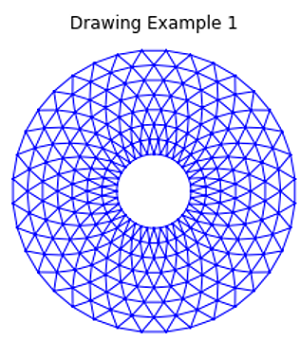
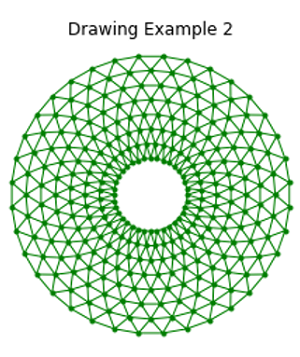
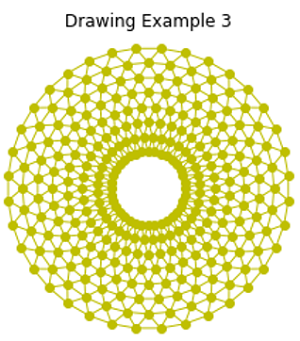
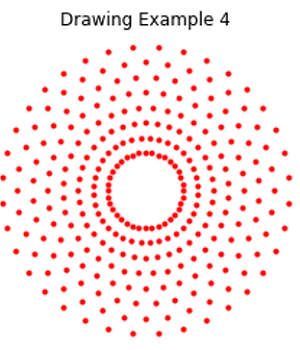
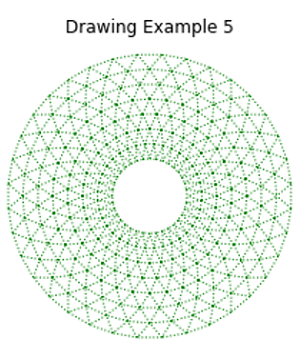
Python code for simple rangoli example with matplotlib
import matplotlib.pyplot as plt
import matplotlib.tri as tri
import numpy as np
n_angles = 36
n_radii = 8
min_radius = 0.25
radii = np.linspace(min_radius, 0.95, n_radii)
angles = np.linspace(0, 2 * np.pi, n_angles, endpoint=False)
angles = np.repeat(angles[..., np.newaxis], n_radii, axis=1)
angles[:, 1::2] += np.pi / n_angles
x = (radii * np.cos(angles)).flatten()
y = (radii * np.sin(angles)).flatten()
triang = tri.Triangulation(x, y)
triang.set_mask(np.hypot(x[triang.triangles].mean(axis=1),
y[triang.triangles].mean(axis=1))
< min_radius)
fig1, ax1 = plt.subplots()
ax1.set_aspect('equal')
ax1.triplot(triang, 'b-', lw=1)
ax1.set_title('Drawing Example 1')
ax1.axis(False)
fig1, ax1 = plt.subplots()
ax1.set_aspect('equal')
ax1.triplot(triang, 'g.-', lw=1)
ax1.set_title('Drawing Example 2')
ax1.axis(False)
fig1, ax1 = plt.subplots()
ax1.set_aspect('equal')
ax1.triplot(triang, 'yo-', lw=1)
ax1.set_title('Drawing Example 3')
ax1.axis(False)
fig1, ax1 = plt.subplots()
ax1.set_aspect('equal')
ax1.triplot(triang, 'r.', lw=1)
ax1.set_title('Drawing Example 4')
ax1.axis(False)
fig1, ax1 = plt.subplots()
ax1.set_aspect('equal')
ax1.triplot(triang, 'g:', lw=1)
ax1.set_title('Drawing Example 5')
ax1.axis(False)
Output:
Output is as Figure
Advertisement
Advertisement